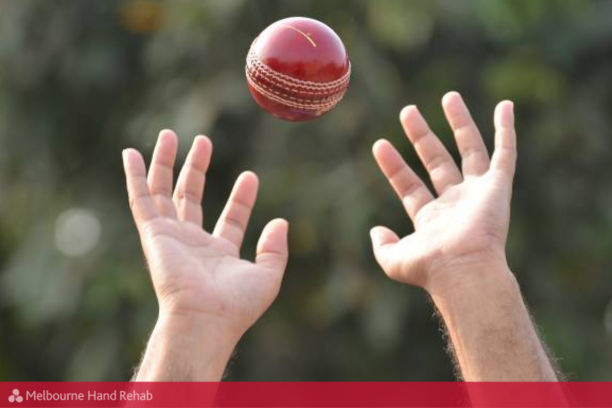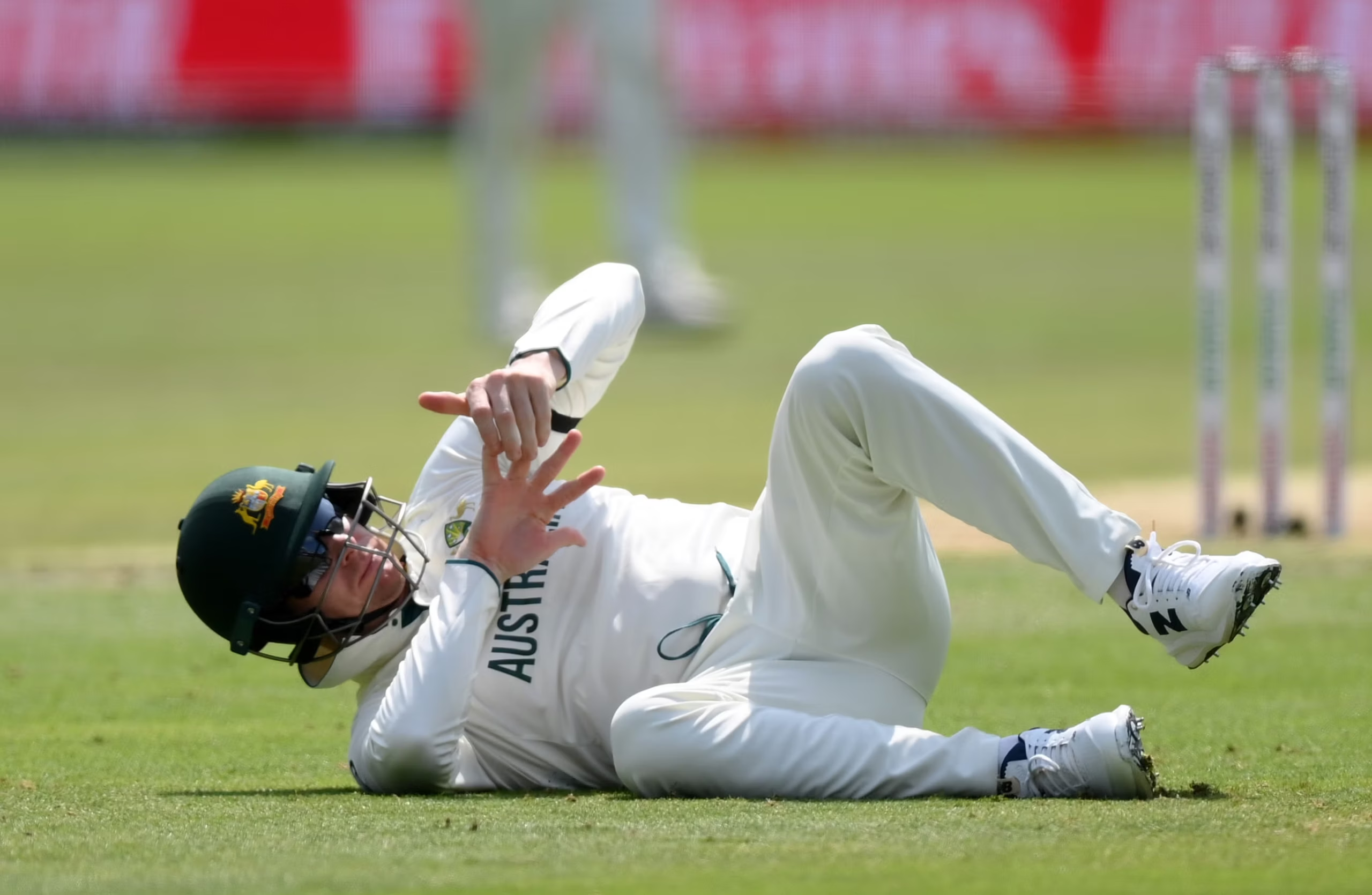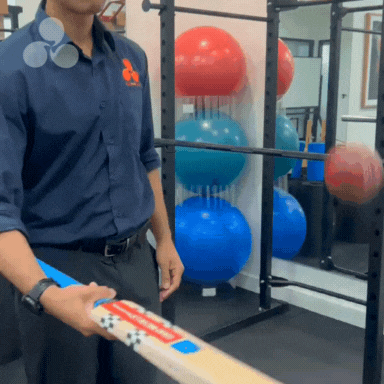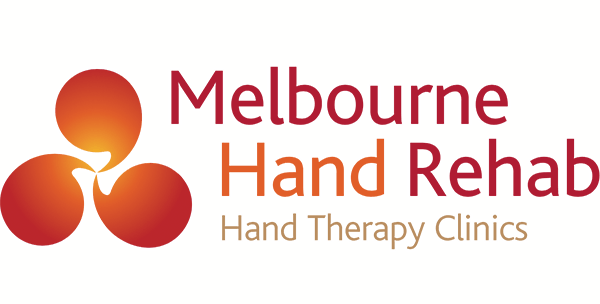
21 Oct Cricket Upper Limb Injuries: How Hand Therapy Helps
Cricket is a sport that demands precision, power, and endurance.
Whether you’re batting, bowling, fielding, or wicketkeeping, your fingers, wrist, elbow, and shoulder are constantly under stress. At Melbourne Hand Rehab, we regularly treat cricket injuries and we’re here to support your recovery and help prevent future setbacks.
Finger & Hand Injuries
Finger and hand injuries are the most frequently reported upper limb issues in cricket, especially among fielders and wicketkeepers. These include fractures, dislocations, and ligament tears, often caused whilst catching and fielding. Notably, they’re the leading cause of time-loss injuries in women’s cricket.

Wrist Injuries
Wrist injuries such as TFCC tears, tendinopathies, and carpal fractures are common in batters and bowlers. These typically result from repetitive wrist movements or direct trauma during batting or fielding.
Elbow Injuries
Elbow injuries are often overuse injuries caused from repetitive throwing, bowling, whilst also resulting direct impact from the ball while batting. Common conditions include medial and lateral tendinopathies, ligament sprains, and bursitis.
Shoulder Injuries
Shoulder injuries are prevalent among fast bowlers and fielders, who frequently experience rotator cuff strains, impingement, SLAP lesions, and anterior & posterior instabilities. These issues often arise from repetitive throwing, poor shoulder stabilising strength, or trauma from diving in the field.

How We Can Help
- Accelerate recovery from injury.
- Provide custom-made splints and braces tailored to your specific injury if required.
- Deliver exercise-based rehabilitation to improve mobility, proprioception, strength, and power.
- Reduce reinjury risk through load management, especially for bowling, throwing, and batting.
- Support your return to play with confidence and control.
Quick Tips to Reduce Your Risk of Injury
- Incorporate a full-body strength and conditioning program.
- Warm up thoroughly, including upper limb activation, before training and matches.
- Progress training loads gradually and consistency of training.
- Use fielding/catching gloves for training or warming up.
- Using softer balls like tennis balls for reactive drills at training.
When To Seek Help
- Swelling or bruising that doesn’t improve after a couple of days.
- Persistent pain that makes gripping the bat or ball difficult.
- Loss of movement compared to your other arm.
- Obvious deformity, which may indicate a fracture or dislocation.
Early treatment leads to faster recovery. Delaying care can result in stiffness, loss of strength, and prolonged healing, ultimately affecting your performance.
If you’re worried you may already be injured, or want a personalised warm-up and recovery plan this cricket season, we’re here to help!
BOOK AN APPOINTMENT
For more information, call us directly on 03 9458 5166



